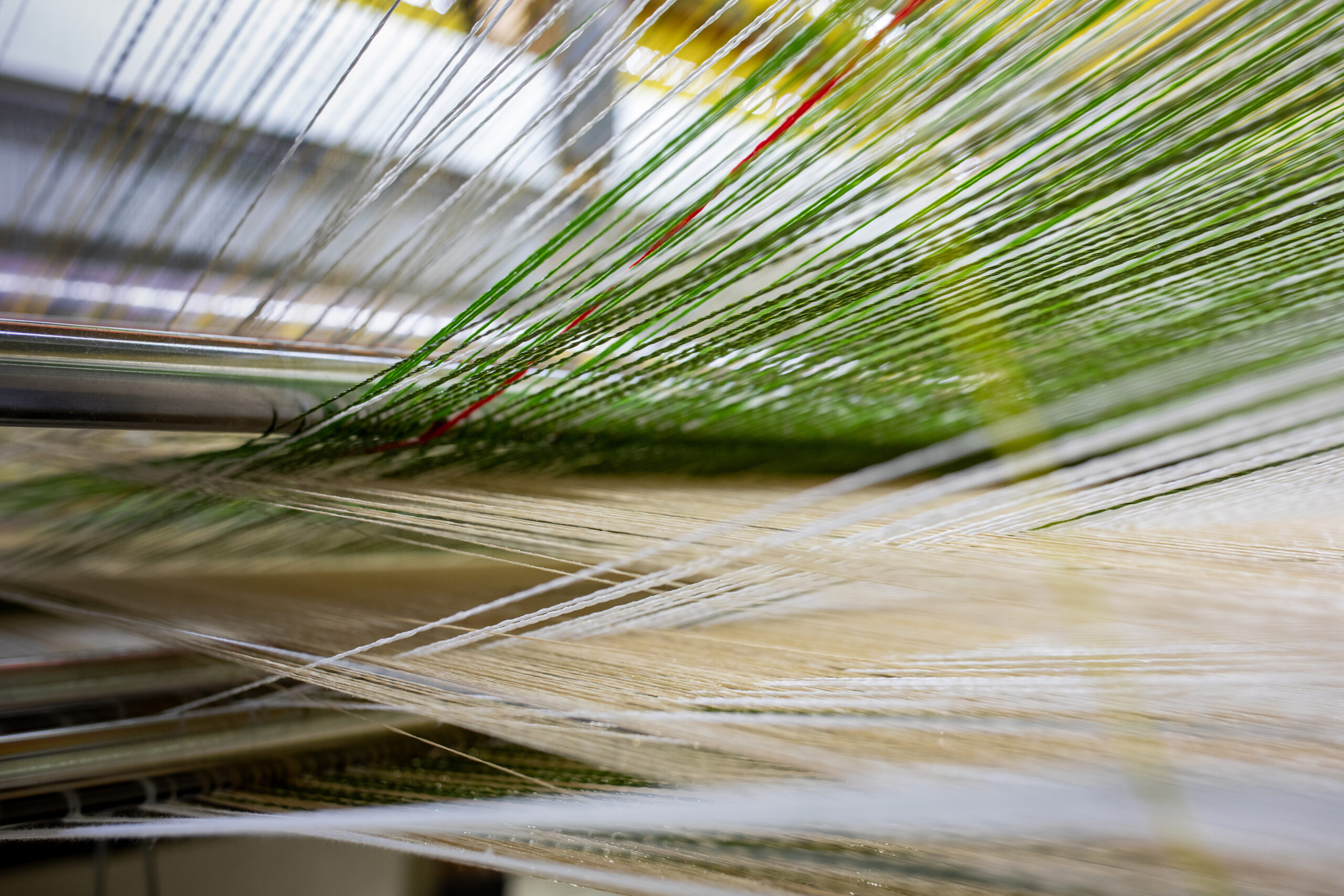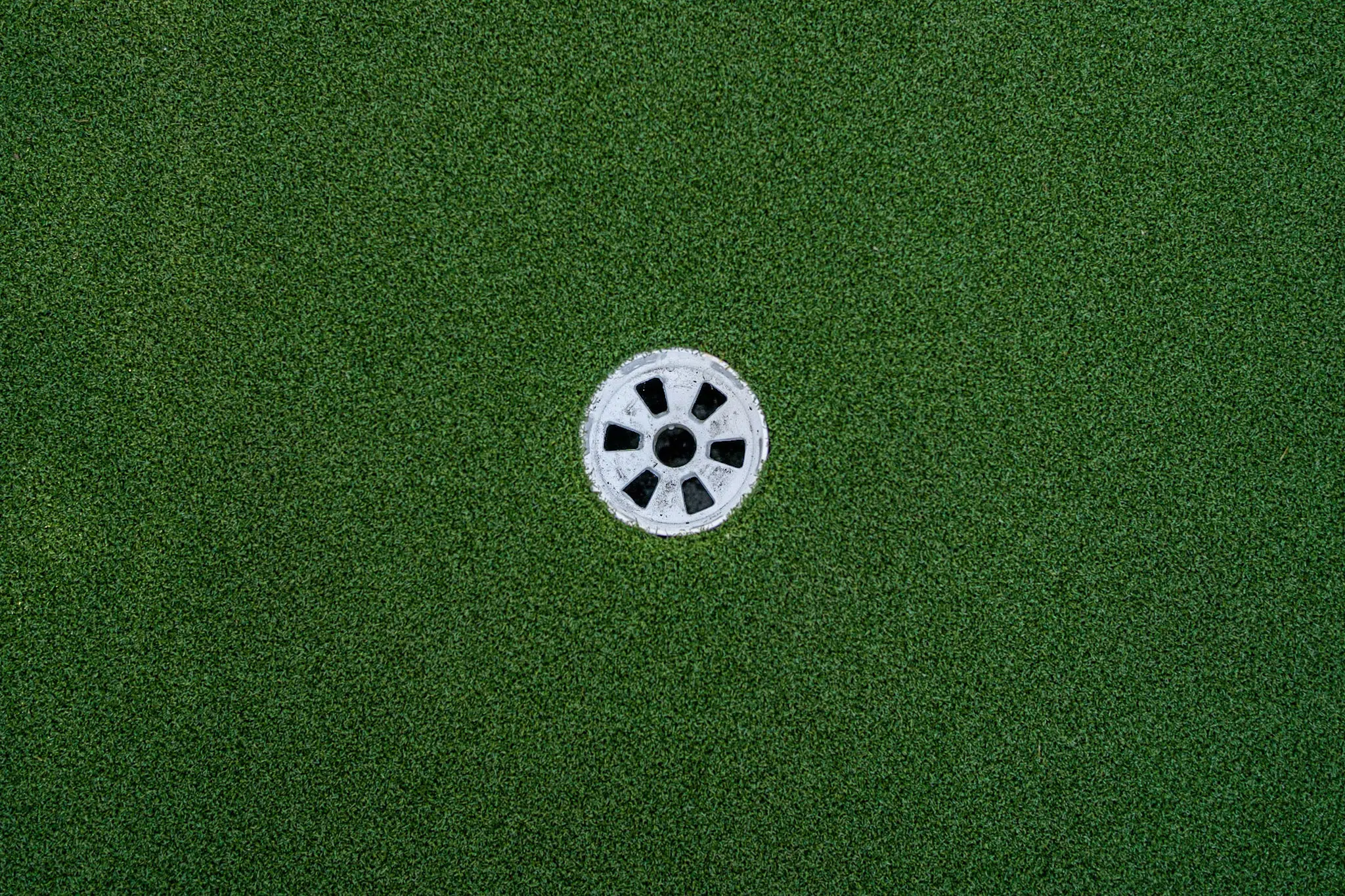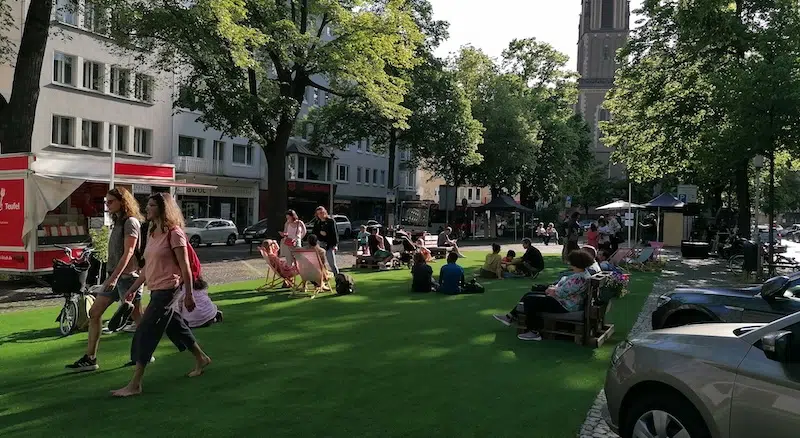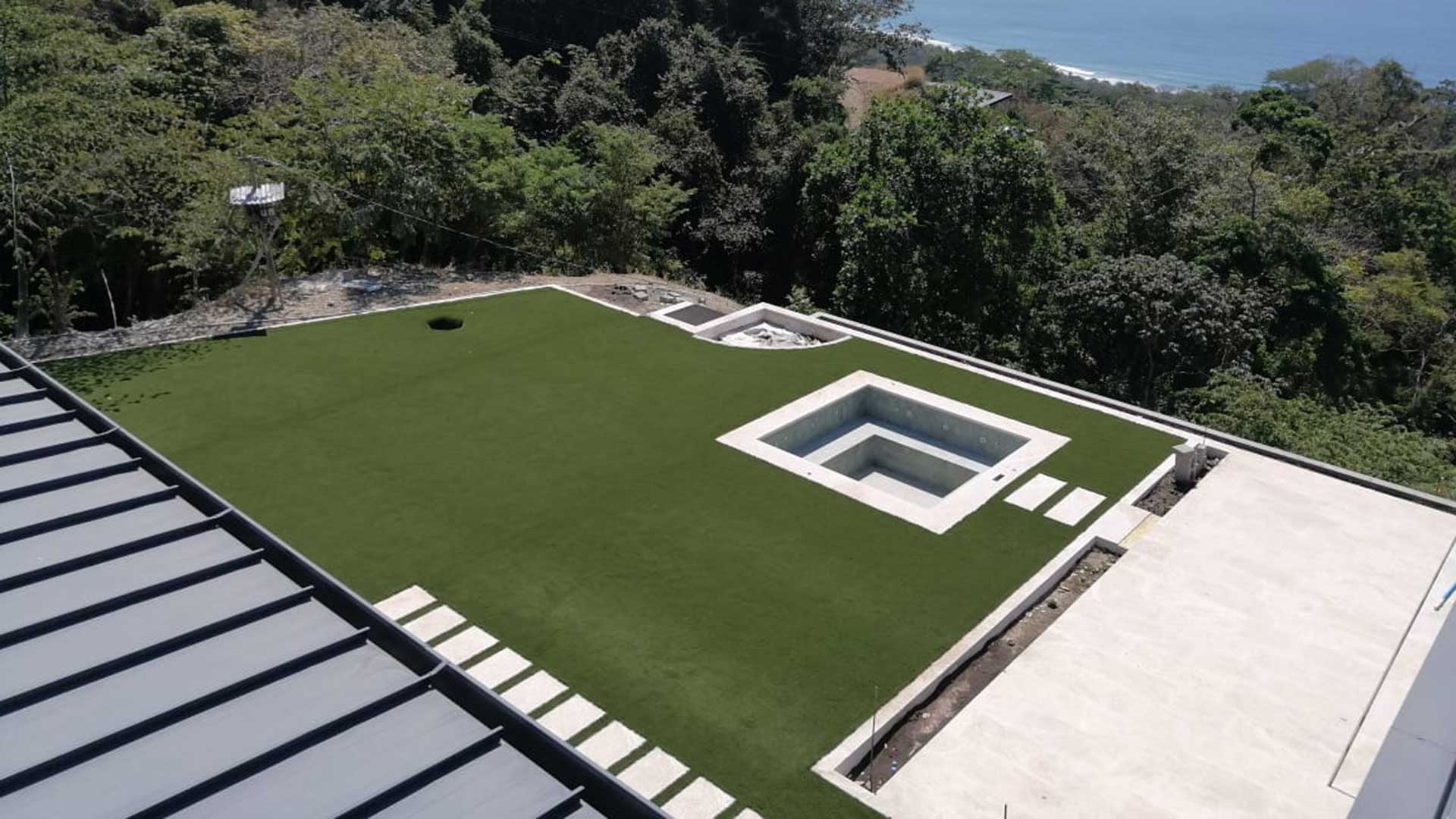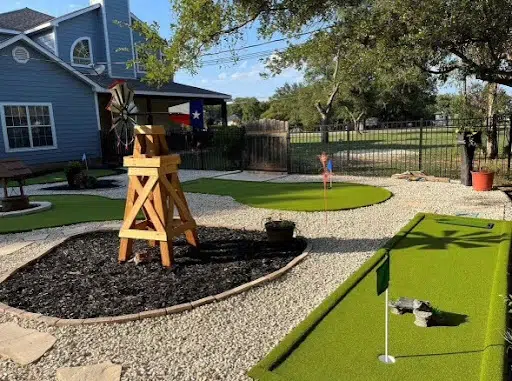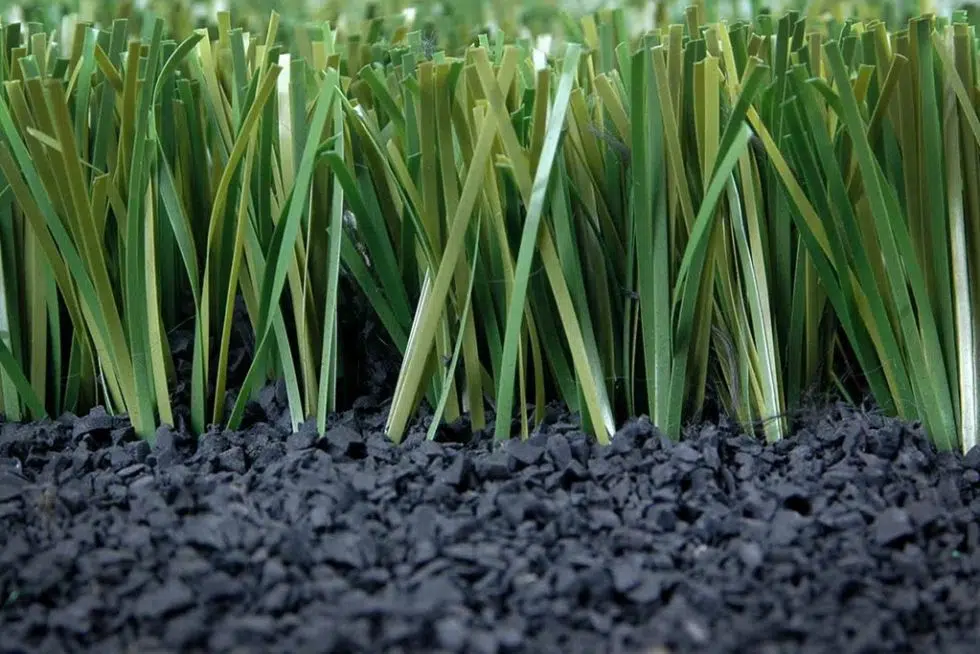
The Truth About Artificial Grass “Infill”
Let’s face it. Even though artificial grass for landscape applications has been around for more than 10 years now, a good number of us still have old images in our head about what that stuff looks like. The synthetic grass of today isn’t at all what it was back then.
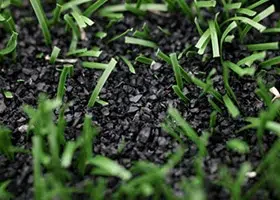
The technology changed because the needs have evolved. While AstroTurf’s name will always be associated with fake grass, the manufacturing process used to make synthetic turf for football fields is a whole lot different than artificial grass for landscape applications.
Back around 2003, it was evident that there was a need for a whole new direction when it came to addressing landscaping needs. Some artificial grass manufacturers recognized that the need for rubber infill that was used on sports fields had no place in landscaping applications. While rubber infill helped to support grass fibers, add ballast and an extra layer of fall protection for the players, there was no place for it in someone’s backyard.
Some products still rely on rubber infill to support their grass fibers and add dimensional stability. If rubber is required, beware. Those rubber crumbs will not only add heat to your grass, but your kids and dogs will love playing with it! Ultimately, you will find those little rubber pellets wandering all over your house, in your pool, on your walkways, in your dogs paws and probably in your kids’ mouths. Not good.
Other products may only require a top-dressing or ballast. So what’s the difference? Infill is required for support the grass fibers and add dimensional stability. Top-dressing or ballast is a standard requirement to add weight since nails are what keep it in place. If infill is required, it means the grass itself may not be able to withstand typical daily traffic and activity without the added support.
Silica sand or acrylic coated sand are the most commonly used products to add ballast to your artificial grass. It is recommended to add 1-2 lbs. of silica sand for that reason. Also take note that the layer of sand is also providing a protection from UV rays, which will mean your synthetic lawn will stay looking beautiful for a good long time!
